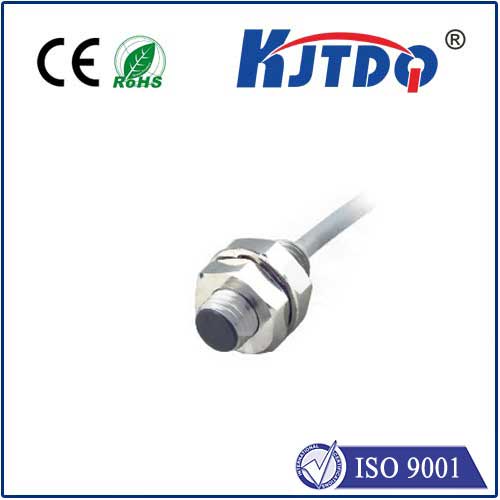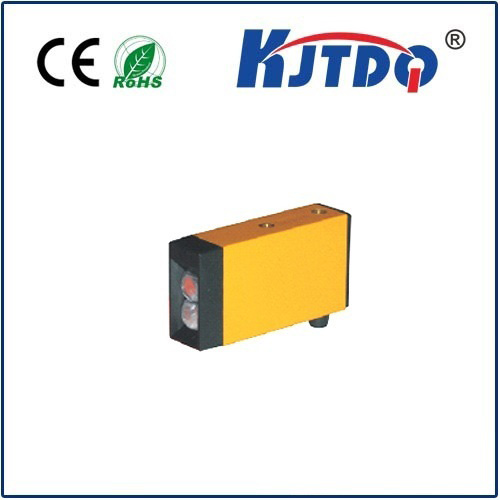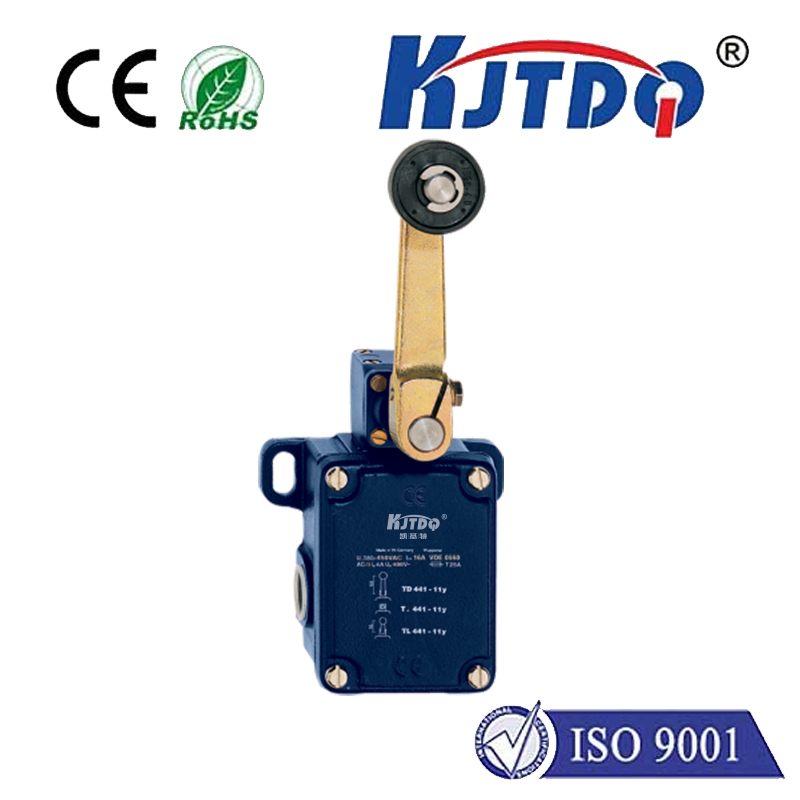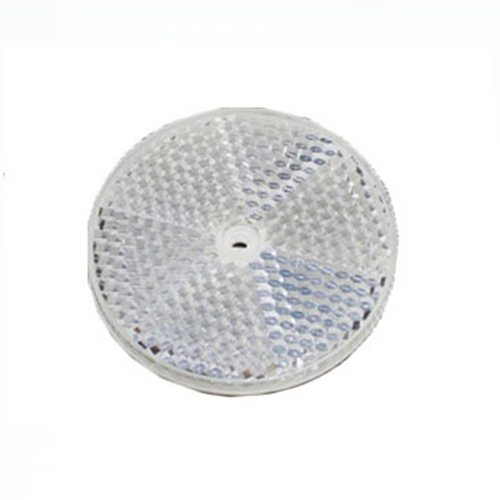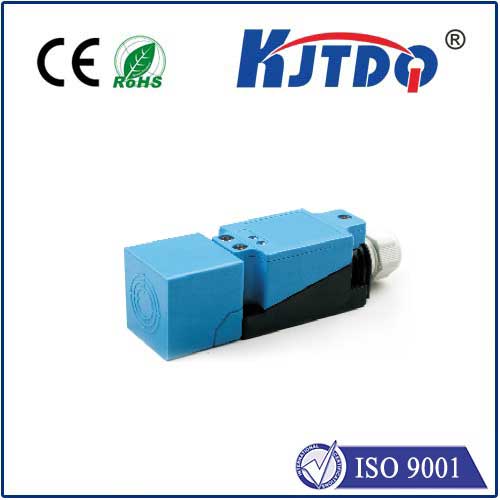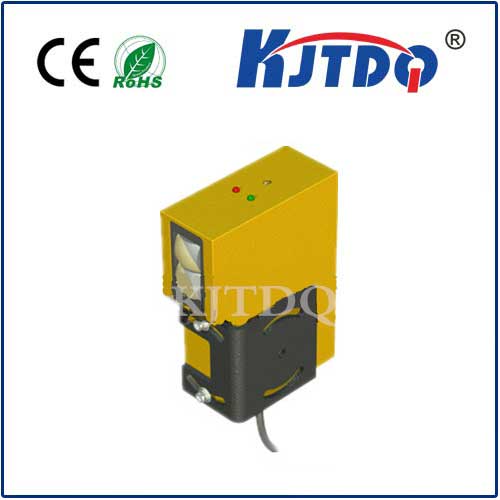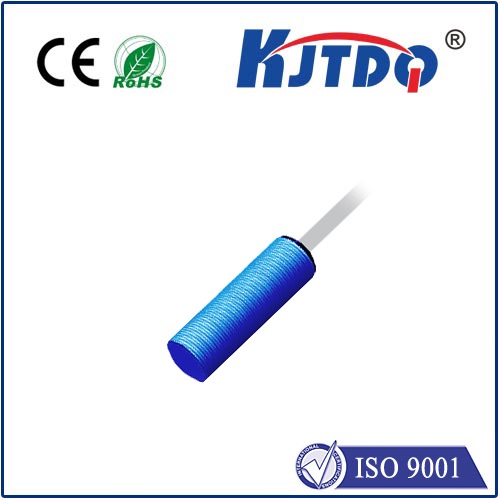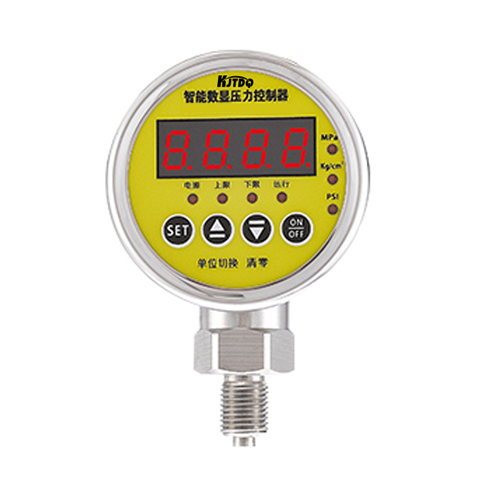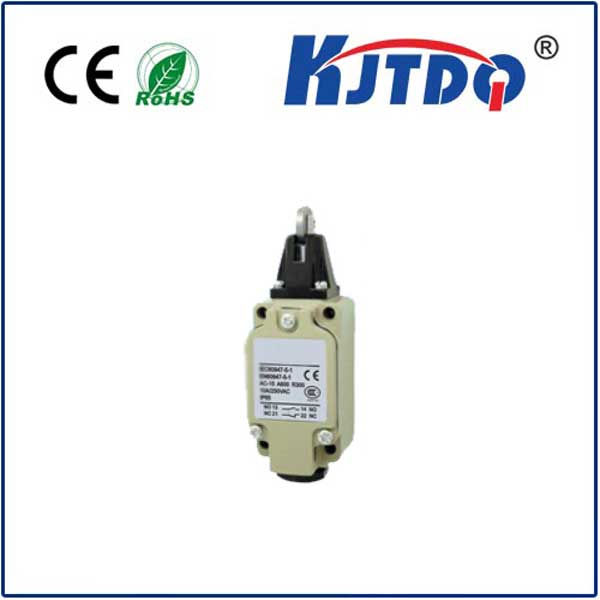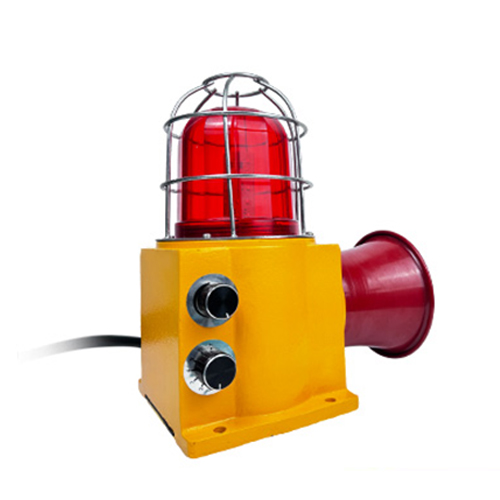

check

check

check

check

check

check

check

check

check

check
Title: The Revolution of Laser Focus Sensor in Modern Technology
Laser focus sensors have revolutionized the way we perceive and interact with our surroundings. These advanced devices have found their way into a multitude of applications, ranging from scientific research to consumer electronics. This article delves into the working principles, applications, and future prospects of laser focus sensors.
Firstly, let's understand what a laser focus sensor is and how it works. A laser focus sensor is an electro-optical device that uses a laser beam to measure the distance between the sensor and an object. It emits a laser beam that is reflected off an object and received by a detector within the sensor. The time taken for the light to return is then calculated to determine the distance. This principle, known as Time of Flight (ToF), is crucial in understanding the functionality of these sensors.

The versatility of laser focus sensors makes them indispensable tools in various sectors. In automotive technology, they aid in creating sophisticated driver assistance systems, including adaptive cruise control, collision warning, and parking assist. Moreover, in manufacturing industries, these sensors are used for quality control, ensuring precision measurements for product consistency and reliability.
The healthcare industry has also benefited significantly from laser focus sensors. They play a vital role in surgical procedures, enabling doctors to perform operations with enhanced accuracy and control. Additionally, in robotics, these sensors provide critical spatial awareness, facilitating the development of autonomous robots capable of navigating complex environments independently.
In the field of surveying and mapping, laser focus sensors have transformed how we collect geographic data. By integrating these sensors into drones or aircraft, professionals can capture highly detailed three-dimensional images of terrain, accelerating the process and improving the accuracy of cartographic data.
Consumer electronics is another area where laser focus sensors have made their mark. In smartphones, they enable features like face recognition and automatic focusing in photography, improving user experience and security. The gaming industry has also adopted this technology, using it to track players' movements accurately, offering immersive experiences in virtual reality environments.
Moving forward, the future of laser focus sensors looks promising. Developments in artificial intelligence and machine learning are expected to enhance the capabilities of these sensors further. With improved algorithms, sensors will become more efficient at interpreting complex scenes and making real-time decisions, broadening their potential applications.
Moreover, advancements in miniaturization and cost reduction will make laser focus sensors even more accessible to both commercial and consumer markets. This accessibility will foster innovation, leading to the creation of new products and services that were previously unimaginable.
In conclusion, the impact of laser focus sensors on modern technology cannot be overstated. Their ability to provide precise distance measurements has led to their integration into numerous sectors, revolutionizing processes and enhancing efficiency. As technology continues to evolve, we can expect laser focus sensors to remain at the forefront of innovation, shaping the future of how we interact with our digital and physical worlds.
